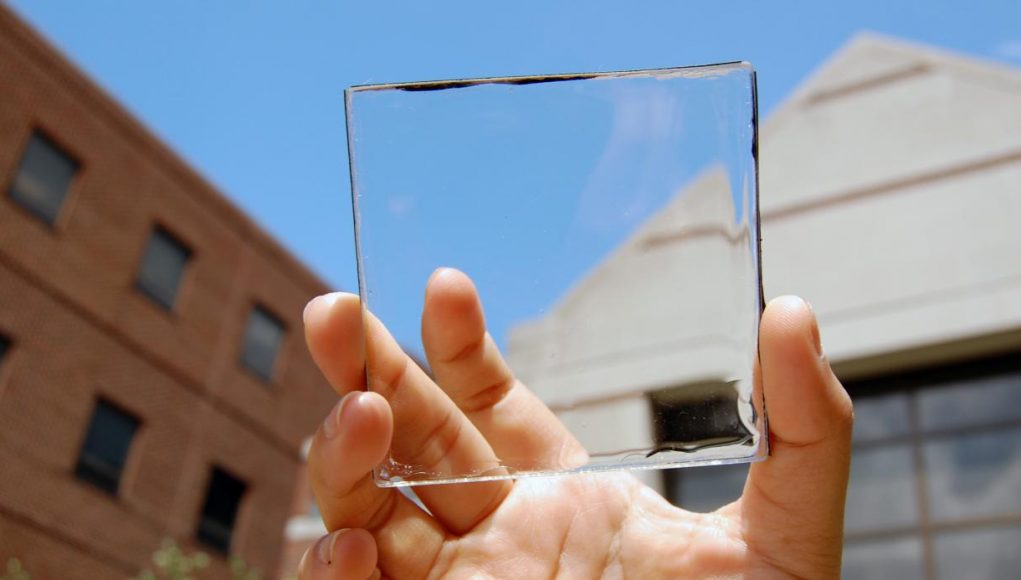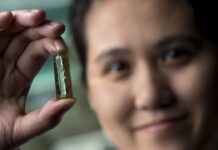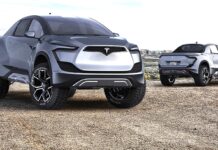Researchers have high hopes for transparent photovoltaic cells on the road to a fossil-free future. Buildings are expected to contribute 80 percent of the energy required.
It is now obvious that solar cells on building roofs offer enormous potential for supplying energy. According to researchers at Michigan State University, 40 percent of the USA’s already high energy demand could be generated via solar roofs.
In the coming years, however, scientists expect another revolution: energy generation using transparent solar panels.

UV light and infrared components
The development of such photovoltaic cells, which only absorb light that is invisible to humans and convert it into electricity, is still in its infancy – but in a few years, up to 40 percent of the USA’s energy needs could also be met through their widespread use and efficiency improvements in conversion, believes solar expert Richard Lunt in a scientific paper published with colleagues.
Together with solar roofs, the energy potential of a country like the U.S. is 80 percent, according to the scientists, who are regarded as pioneers of transparent solar technology. In addition to being used in windows and glass fronts, the technology could also be installed in electric cars or smartphone screens to supply them with energy.
Almost 100 percent of the energy need
According to Lunt, it would even be possible to cover up to 100 percent of energy needs with solar technologies, if storage options are also optimized. The scientist is optimistic that the efficiency of transparent panels can be tripled from the current five percent. Conventional panels used on roofs already achieve 15 to 18 percent.
Although the maximum possible efficiency yield of transparent cells is likely to be somewhat lower than that of conventional solar technologies, the range of applications is far more flexible. In addition, work on the further development of transparent cells has only been going on for five years, while conventional solar cell research already has five decades behind it.






